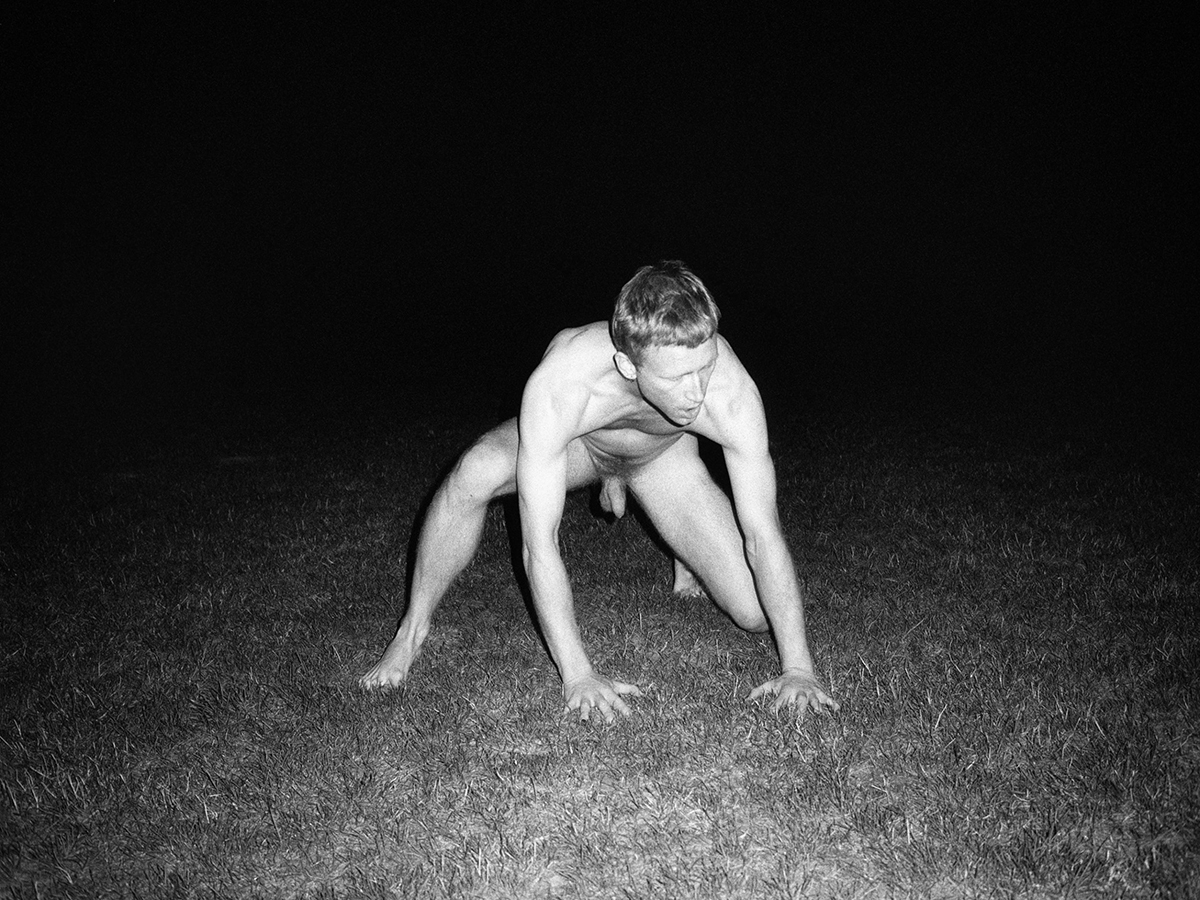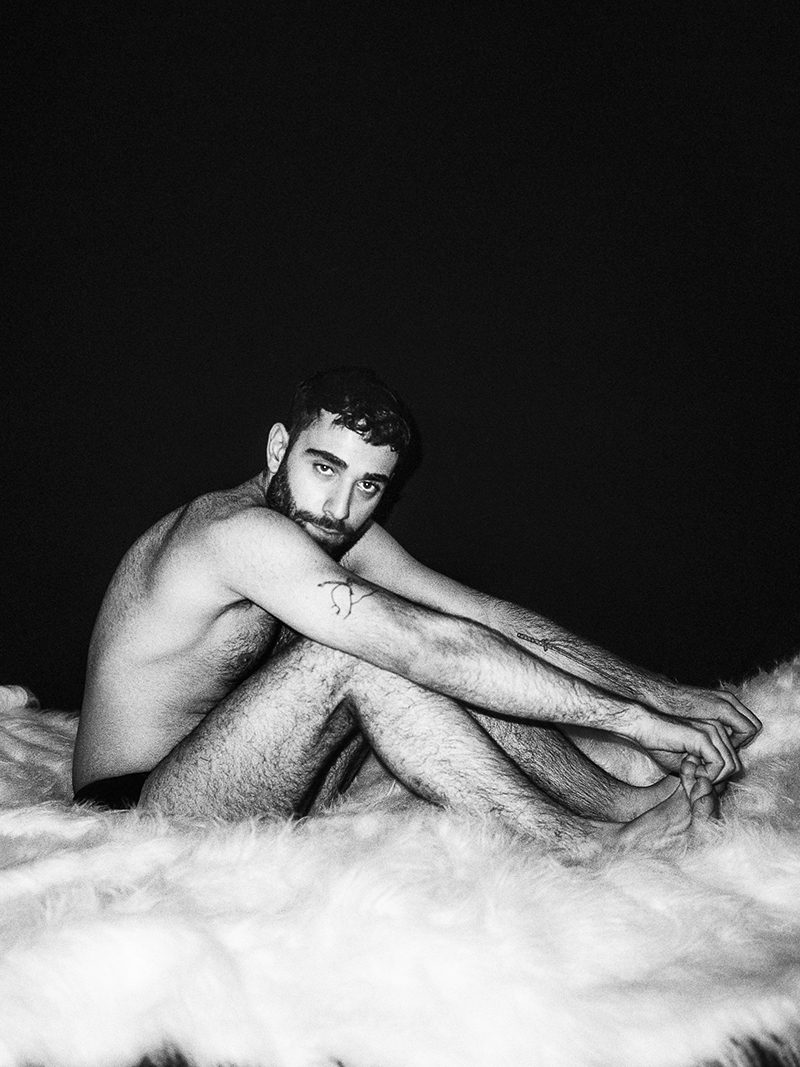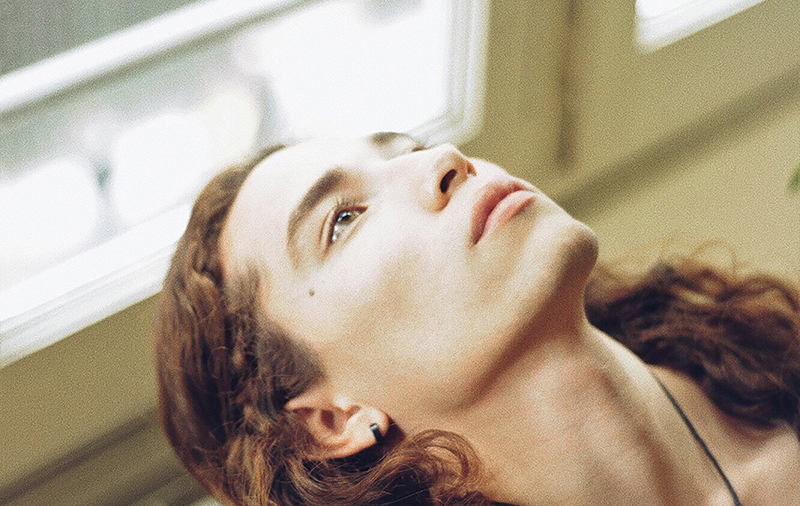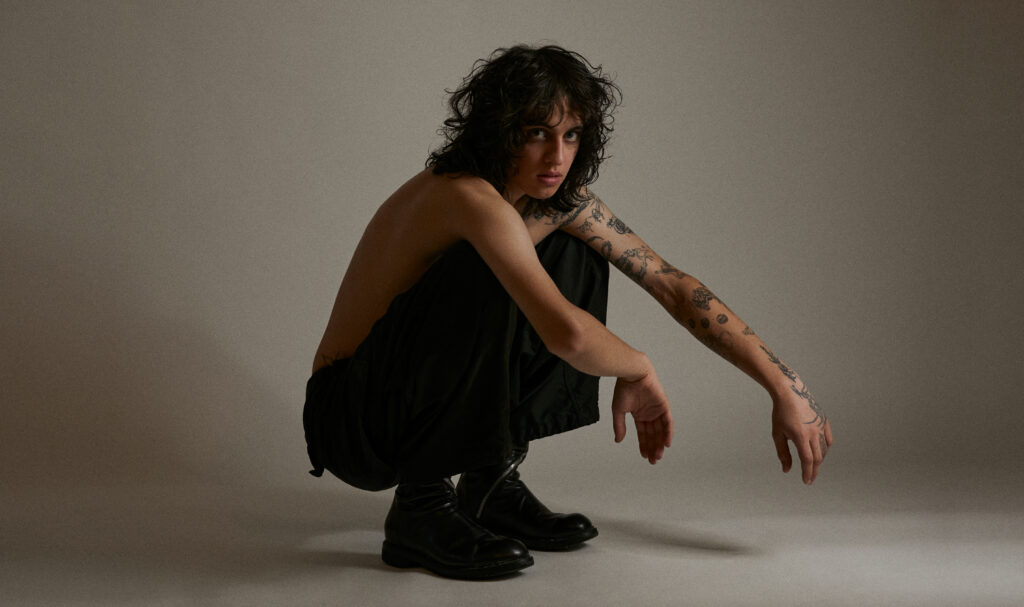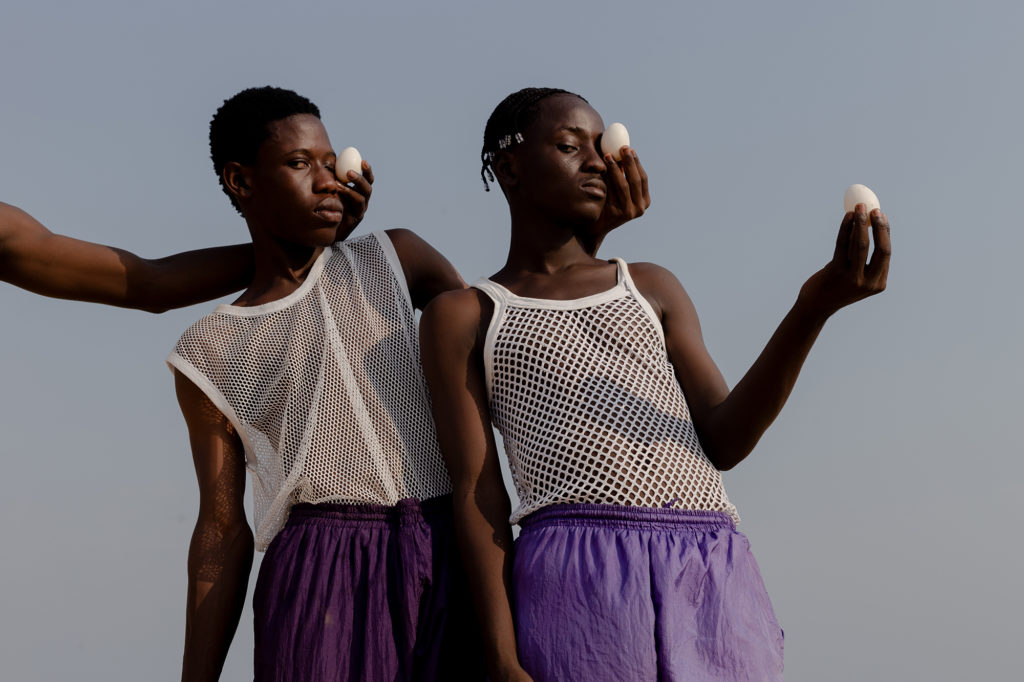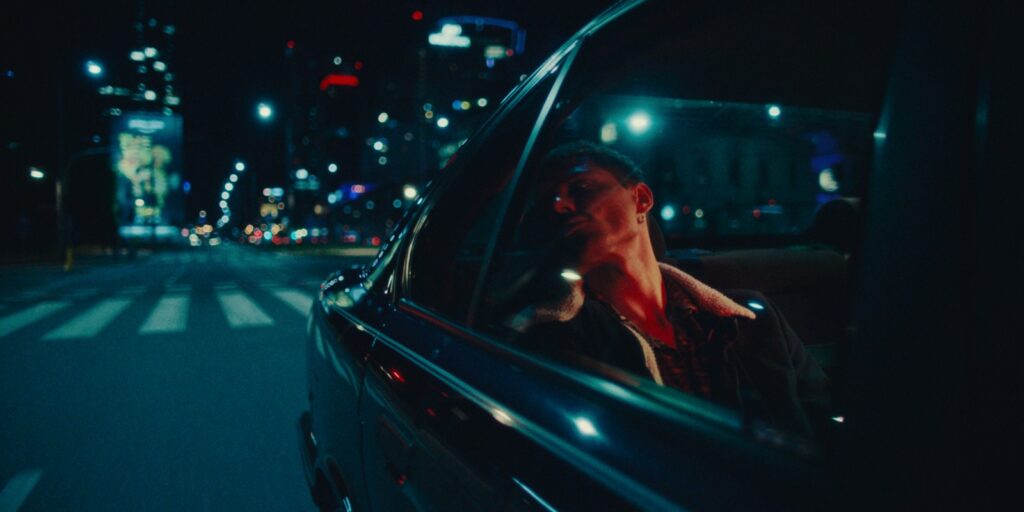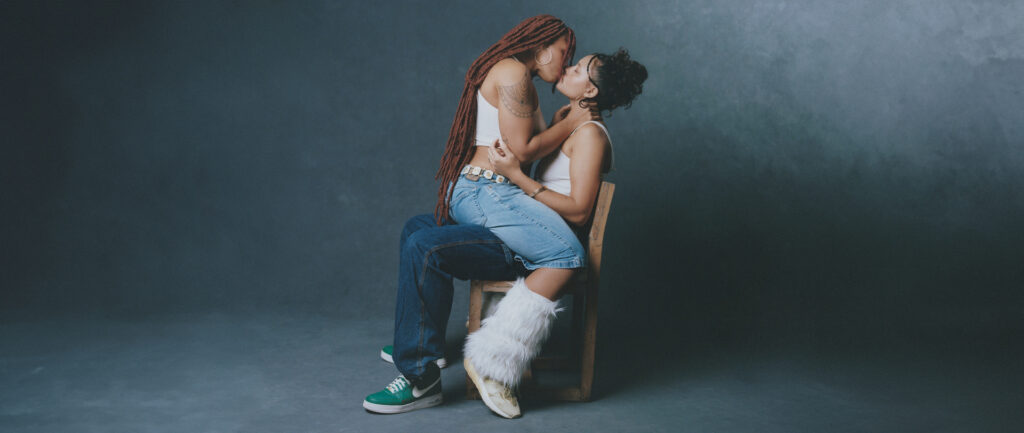Birk Thomassen: Beyond The Camera
Artist Birk Thomassen
Words Christian Ruess
“Inviting – not excluding.” When we asked photographer Birk Thomassen for his definition of Safe Space, this was his answer. While typing up Birk’s interview and curating the images of his new series Cornucopia, “Uninvited” by Alanis Morissette is playing on the radio. It looks like Inviting is the keyword of our little introduction this time. An invitation is an offer to someone, a friend or a stranger, to visit or participate in a project or adventure. An invitation is something nice. And to go full circle with this image, feeling invited takes us to a safe place – a place where we are understood and heard. This place can be anywhere and anything, but it always expresses the same notion: it is inviting – not excluding.
And so we’re inviting you to sit down with us and enjoy reading our little interview with Birk.

How are you? What did you do before sitting down for the interview?
I put the dog to bed for her morning nap, poured my morning coffee and went through my Instagram to delete all the material and text (words like “erotic”) that might get me in trouble when Instagram implements its new TOS update on the 20th of December. I am still amazed that this is the direction we are taking things in 2020. It is a dangerous form of new puritanism.
Your latest series, Cornucopia, is part of a wider project, titled Lightroom, by Copenhagen based creative collectives Bedside and Morph, consisting of a short film accompanied by a documentary, your still series and music by DJs Kid Enotea and Schacke. What is it about?
Lightroom is really the name of an umbrella project. At the center of it all we have the movie “ei blot til lyst” by Bedside Productions and Morph Film. It is a short, erotic, queer art film. At least that is how I would label it. Since the project began, it has expanded to include a lot of different talent and then Lightroom is the result of that. It was supposed to have been a big exhibition in Copenhagen with film, music and photography but it was postponed, then cancelled, due to COVID-19. Now it has been made available online instead.
How did you become involved in the Lightroom project in the first place?
I was contacted by director Marco Stoltze who had found my work online. This was back in the project’s early stages.
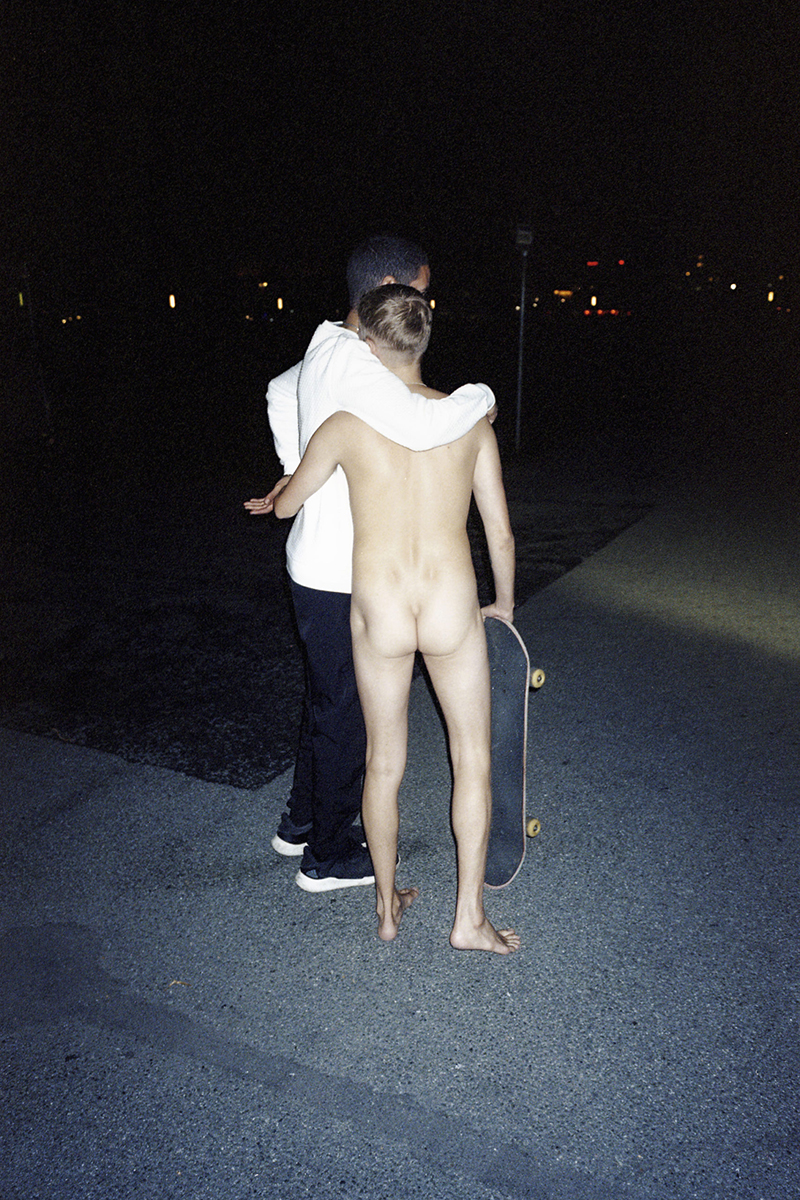
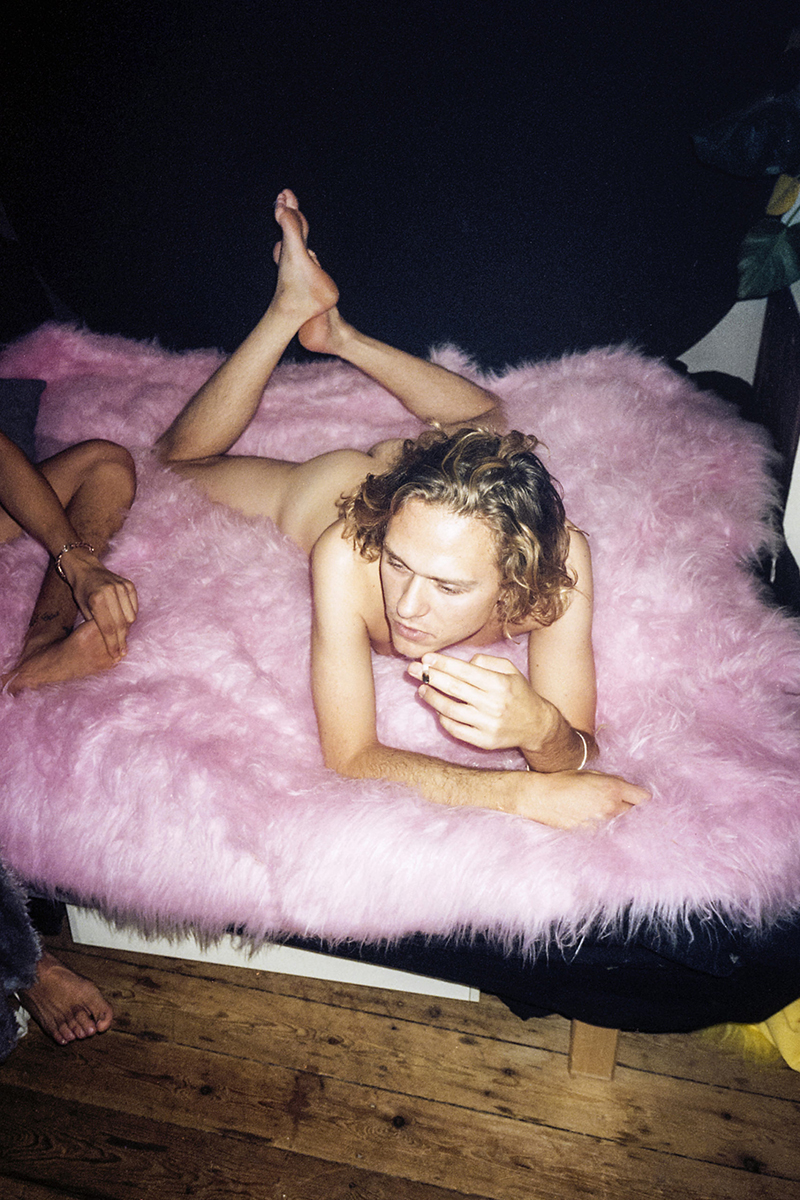
What was the atmosphere like on set? And what was important for you as a photographer in order to create a safe space for the models?
It was all very relaxed. Everyone was taken good care of. That has been the general vibe and I guess also the idea of this project. For me as a photographer I had a lot of meetings and talks with the other creators and then also with the models before doing the shoots.
Let’s talk about Safe Space in general – Container Love’s main topic this winter: What is a Safe Space for you? And do you think it is important in today’s world and for the queer community?
Well, “safe space” has become a bit of a buzz-word in 2020, I suppose. I think it is important to remember that it means something different to everyone. It also depends on the context – I see “safe space” mentioned a lot in relation to queer parties, for instance. To be honest I have never felt very safe at such parties. Drugs, people and loud, angry music. That is more like my personal nightmare and not my safe space. To me, the first thing that springs to mind when I think of a “safe space” is a day with no plans. Dinner with friends or being alone in the woods, in my bathtub or doing work in my garden. Safe spaces are definitely important in today’s world but I think anywhere and everywhere should really be a safe space. I understand why sometimes it is necessary to get a moment’s peace but I think we as a queer community should be very careful with how we use and understand “safe spaces” so we do not end up using it as a tool to further isolate and distance us from people who do not share our views. A safe space should, in my opinion, be inviting – not excluding.
Tell us a bit more about working on Cornucopia. What was the work process like for you – and for the models who are captured in very intimate moments?
It has been very interesting. One of the key elements I guess has been time. Time to talk to the models and the crew about the project and the experience of it all. Nothing was rushed and I think that is very important in a setting like this. Of course I cannot speak for the models but they all let me knew that the shoots had been a good experience, which has been a bit of a confidence boost for me as a photographer as well. It can be quite nerve wrecking, photographing people you do not really know in an intimate setting, but now I know that it is something I can do and that I am actually pretty great at it.
How was working on Cornucopia, with a whole group of models and in the context of the creation of a movie, different from other shootings you have done?
There were more people involved and we were working towards an official deadline. In my personal work it is never really like that. But I am always thankful to have something to work towards.
How much creative freedom did you have with the project? Did working in a collective and on a project that involves many different creators influence your work?
I had a lot of freedom. I was more or less asked to do things my way so that is what I did. The only thing that was different was that I had several sparring partners in this projects, which was a very positive experience. As a photographer you often work alone most of the time. In order for you and your work to grow, you need to review and discuss it as you are working. Working alongside other creators only made this aspect of my practice easier.
Famous last words?
As for my last words? I suppose they would sound something like this: “To hell with new puritanism and American censorship. You can all suck it.”
Thank you very much for your thoughts.
You are quite welcome!

